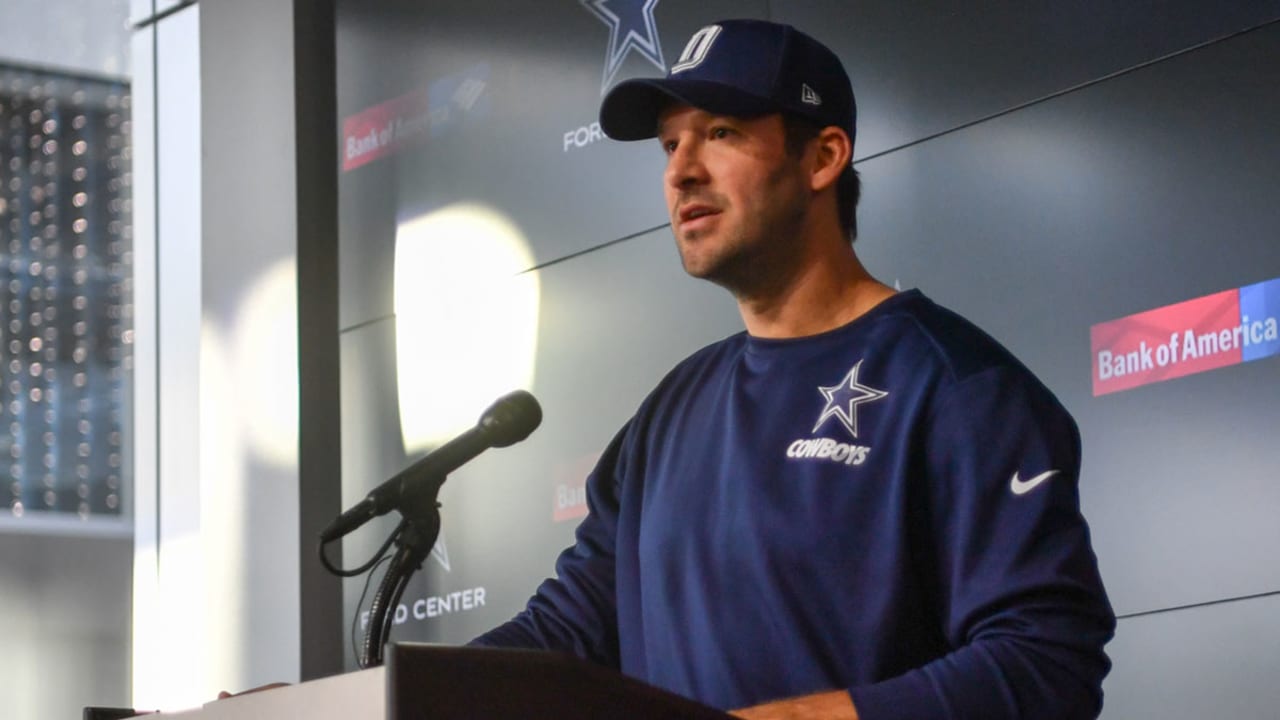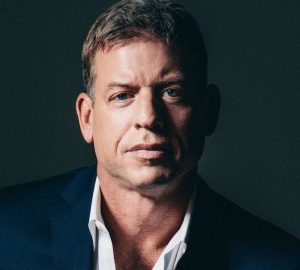
The Cowboys have made minimal efforts to tackle their primary offseason requirement.
Since the beginning of the offseason, the Dallas Cowboys’ needs have been widely recognized, including positions
such as running back, linebacker, and offensive line. However, one glaring gap in their roster, perhaps the most
significant, is at defensive tackle, where they have failed to adequately address the vacancy.
As we approach mid-May, the Cowboys find themselves with a depth chart even weaker than last year’s, particularly
evident in their playoff loss to Green Bay. While Osa Odighizuwa remains a starter, the departure of Johnathan
Hankins has left a notable void. Attempting to fill this gap is second-year DT Mazi Smith, drafted by the team in the
first round last year. The Cowboys are aware that Smith must make significant strides in his second year, and they are relying on him to elevate his performance.
However, Smith’s progress has been hampered by shoulder surgery, sidelining him until training camp. With a new
defensive coordinator implementing scheme changes, the Cowboys are encountering early difficulties opposite Odighizuwa.
While Smith isn’t the sole option at DT, he holds significant importance. Dallas brought back Carl Davis this
offseason to bolster the interior, may utilize fourth-year player Chauncey Golston at DT, and drafted Justin Rogers in
the seventh round for added depth. Yet, none of these options instill confidence in their ability to perform at a high
level. Davis, a former third-round pick, has yet to meet expectations, and Golston has struggled to secure a consistent role since being drafted in the same round in 2021.
The outlook appears grim for the Cowboys at DT. They seem to lack quality options, a sentiment echoed even on their own website, where no starter is listed alongside Odighizuwa.
The identity of the starter is of minimal importance in May, but it underscores the scarcity of talent available for the
team. What’s more disheartening is the Cowboys’ lackluster effort to improve the position. Allowing Hankins to
depart in free agency, waiting until the seventh round to draft assistance, and signing only one undrafted free agent
at DT reflects their limited commitment to bolstering the position. Pinning hopes on Smith to make significant
strides, especially considering his challenging rookie year and missed offseason program due to injury, seems overly optimistic.
While Davis and Golston serve as rotational pieces, Rogers’ potential remains uncertain. Even if the team decides to
deploy Fehoko or Kneeland inside for snaps, they lack experience, and transitioning to DT can be arduous for first-
year players. The combination of limited experience and a shortage of quality talent presents an undesirable situation for the Cowboys at DT.
Considering the defense’s struggles in stopping the run during playoffs and crucial games over the past three years
, it’s surprising that upgrading the interior of the defensive line hasn’t been a higher priority. Although options are
scarce this late in the offseason, the Cowboys should still be actively seeking upgrades at DT.
Failing to secure better options at DT could be one of the organization’s significant missteps in an offseason marked
by them. Currently, it’s Odighizuwa and the rest, hardly a group that strikes fear into opponents. The Cowboys
appear weaker at DT in 2024, providing little incentive for offenses to refrain from running directly at their defense.
The Cowboys have not adequately addressed their deficiencies at DT, potentially setting themselves up for disappointment this season once again.






